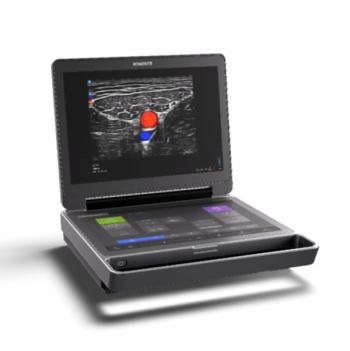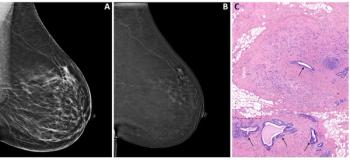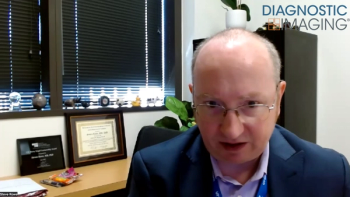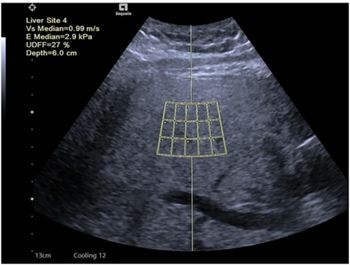
SCAR publications on image compression, PACS security coming to RSNA meeting
The Society for Computer Applications in Radiology has published its first book and white paper, with more in the works.The inaugural publications, designed to help healthcare professionals better understand PACS security and image data compression
The Society for Computer Applications in Radiology has published its first book and white paper, with more in the works.
The inaugural publications, designed to help healthcare professionals better understand PACS security and image data compression issues, will be available initially at the SCAR booth during the annual Chicago meeting of the RSNA on Nov. 26 to Dec. 1.
Beginning Dec. 1, they can also be ordered on the
The white paper by Dr. Bradley Erickson of the Mayo Clinic in Rochester, MN, discusses the use of compression for the storage and transmission of radiological images. It is the first of two white papers to be published on image compression. The next one, to be issued in summer 2001, will provide policies and procedures that facilities can use to assure good quality when they do use image compression, said Anna Marie Mason, SCAR's director.
The book, Security Issues in the Digital Medical Enterprise, edited by Drs. Bruce Reiner, Eliot Siegel, and Sam Dwyer, is a primer on the necessity of proper electronic image management system security.
"As more and more healthcare facilities go digital, there are heightened concerns over security of data and patient confidentiality," Reiner said. "It's particularly timely now with all the impending HIPPA regulations, which are going into effect in the next 24 months or so."
Although everyone is excited about the digital revolution in radiology and healthcare, most have not given enough thought to the problems of security that come with the digital technology, according to Reiner.
"The idea behind the primer was to try to give everyone a fairly global perspective on the different security issues," he said.
The book presents its information in varying levels of complexity. It also includes a comprehensive list of printed and electronic references.
SCAR has also released the course schedule for its 2001 University program, which features five new sections to go with 11 sections returning from last year's curriculum. The new sections include emerging technologies, PACS administration, government initiatives, and speech recognition.
Four levels of instruction are offered in each section, ranging from an introductory series to graduate courses for experts.
SCAR U's 2001 sessions will be held at the 18th Symposium for Computer Applications in Radiology in Salt Lake City, UT, May 3-6, 2001.
Newsletter
Stay at the forefront of radiology with the Diagnostic Imaging newsletter, delivering the latest news, clinical insights, and imaging advancements for today’s radiologists.






























